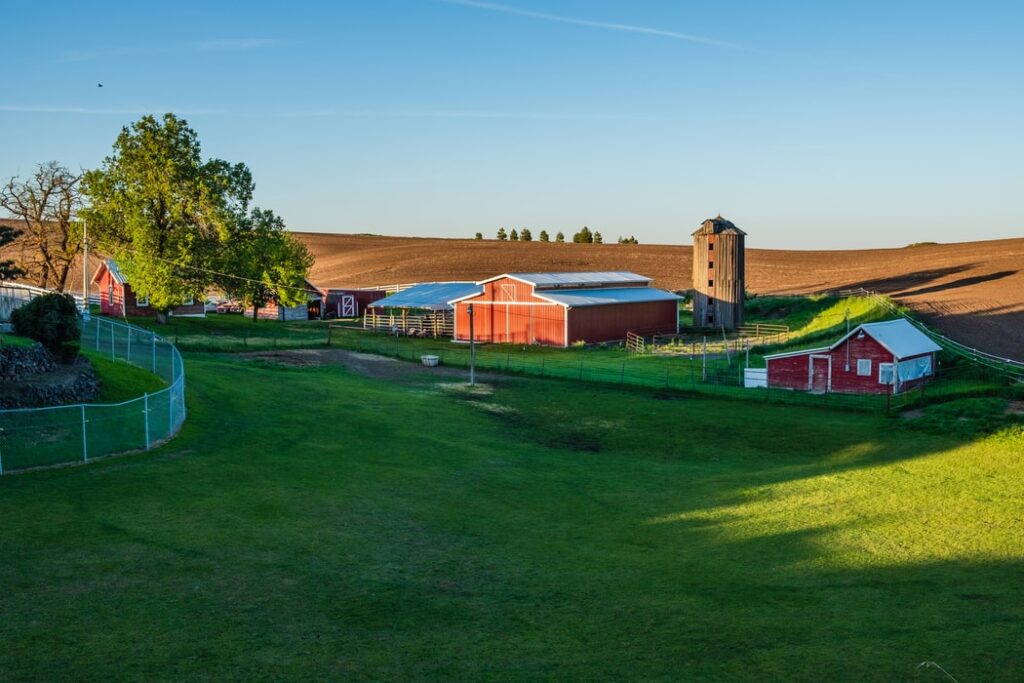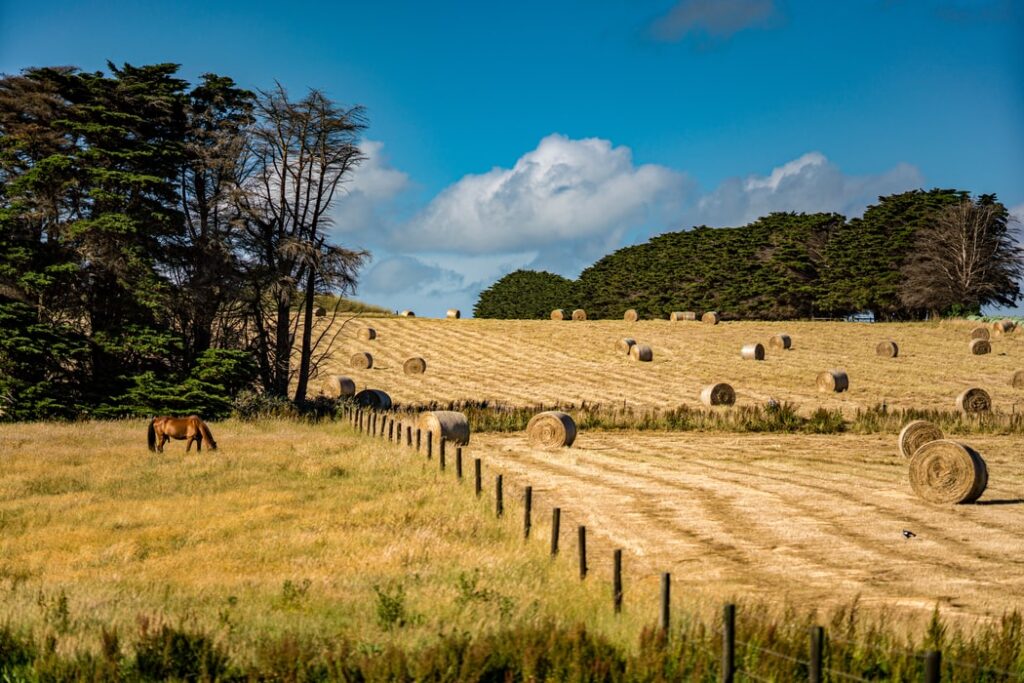Serious problems in the development of agriculture became apparent by the 1970s, especially in the Non-Black Earth Region. Growth of production on collective and state farms required increased funding. The productivity of livestock and crop yields, the productivity of workers was low in comparison even with countries with similar natural prerequisites. Most of the enterprises existed on large subsidies. The increased investment in agriculture under the Non-Black Earth Region Development Program did not help either. At the same time, the southern regions, relying on favorable natural conditions and labor potential, have become the main granaries. Agriculture also expanded to the east of the country.

The result of the first years of reforms in the 1990s. was the destruction of the existing system of supplies of seeds, machinery, fuel and sales of products with the liberalization of prices in the country. Agricultural enterprises have almost lost their main support – the state. All this created completely different external conditions for the functioning of the industry, while large and medium-sized enterprises have changed insignificantly.
By the end of the 1990s. the volume of all agricultural products decreased by 40%, and in the collective sector – by 60%. The number of cattle at agricultural enterprises has decreased almost 3 times, pigs – 4 times; milk and meat production decreased by the same 3-4 times. All this has noticeably changed the load on soil resources.
The agricultural reforms of the 1990s included: 1) the transformation of state farms and parts of collective farms into joint-stock companies, partnerships, production cooperatives, etc., 2) the abolition of the state monopoly on land and its transfer to small private land owners by dividing a significant part of state land used by agricultural enterprises for land shares and permits for the sale and purchase of land; 3) creation of conditions for the development of farms and households; 4) the development of large agro-industrial corporations.

Agricultural enterprises adapted to new conditions only by the end of the 1990s, and production began to grow. Growth began with crop production, in the 2000s, although at a slow pace, livestock production began to increase, the number of poultry and pigs increased.
A new impetus to the development of agriculture was given by the national project “Development of the agro-industrial complex”, which included three areas: “Accelerated development of animal husbandry”, “Stimulating the development of small forms of farming” and “Providing affordable housing for young professionals (or their families) in the countryside.” Since 2006, loans for the construction and modernization of livestock complexes (farms) have become more affordable, the interest rate on loans is being subsidized, supplies under the federal leasing system for pedigree livestock, machinery and equipment for livestock raising have been increased. Also, the attractiveness of loans for the population and farmers has been increased. In 2007, the State Program for the Development of Agriculture and Regulation of the Market for Agricultural Products, Raw Materials and Food for 2008-2012 was adopted.
The volume of agricultural production in 2008 was 83% of the 1990 level. Only a few regions are close to reaching the pre-crisis volume of production, although in the south of Russia they are the majority. The Non-Black Earth Region is dominated by depressed rural areas, which have not been greatly helped by national projects and programs.
Strengthening the diversity of agriculture, increasing the role of small farms of the population
The crisis and reforms have contributed to the strengthening of the diversity of the rural economy. The role of small-scale private farming in 1990 – 2000 increased both as a result of the crisis of large enterprises and as a result of more active agricultural activities of the population. Its contribution to agricultural production increased from 26% in 1990 to 50% in 2007. There was a rollback to self-sufficiency of the population with food and small-scale commodity production.
This means that in many areas, especially on the periphery of the non-chernozem regions, where the enterprise crisis was especially strong, large-scale plowing of collective farms was replaced by small areas of the population, gravitating towards villages and villages. Agricultural production in such areas is becoming increasingly focal.
The area of land used by citizens increased from 1990 to 2006 from 4 to 19 million hectares, the same amount of land is used by farmers. However, large and medium-sized agricultural enterprises continue to be the main land users, although the land they use has decreased from 210 to 142 million hectares.
But it’s not just the crisis. Agricultural enterprises lost their monopoly functions in the countryside. It is not for nothing that since 1997, when production in large enterprises, albeit with varying success, began to grow, it also increased in households. This means that the private sector also has internal reserves.
The new crisis, which manifested itself in 2009 with a sharp increase in unemployment, will increase the role of self-supply of villagers and townspeople with food from their gardens in the coming years. Small-scale subsistence farms have always been a buffer that saved the population in difficult years. However, this phenomenon is most likely temporary. Such a high proportion of self-sufficiency in food in a country where three quarters of the population live in cities, and half in large cities, with the current level of development of society is nonsense. With the end of the crisis, the role of households as a source of necessary food products will diminish. This does not negate the traditionally high role of the agrarian and recreational use of land plots by townspeople in dachas in the suburbs and even in remote villages.
